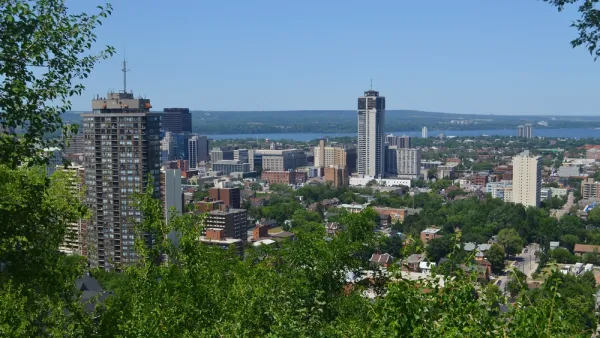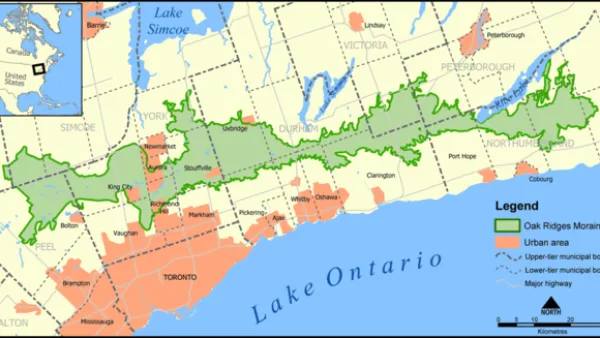A series of hasty removals of land from the protected Greenbelt last year were pushed through without environmental or financial analysis.

A report from Ontario’s Auditor-General reveals that the provincial government removed 3,000 hectares (7,400 acres) from Toronto’s protected Greenbelt to favor certain developers and without appropriate environmental or financial analysis.
As Jeff Gray explains in The Globe and Mail, “The report by Auditor-General Bonnie Lysyk also estimates, based on 2016 data from the Municipal Property Assessment Corp. (MPAC), that the landowners of the 15 formerly protected sites opened up for housing last year could see their worth balloon by more than $8.3-billion.”
The Greenbelt is a 800,000-hectare area surrounding the city created in 2005 to limit sprawl and protect local farmland. Last year, Premier Doug Ford’s government redrew its boundaries in an effort, according to Ford, to create 50,000 new units of much-needed housing.
According to the report, “All but one of the properties removed from the Greenbelt, in what the Auditor-General calls a ‘seriously flawed’ process that took just three weeks, were identified for a small group of civil servants assigned to work on the project by Ryan Amato, the chief of staff to Mr. Clark.” The article continues, “The extremely tight timeline and confidentiality provisions, the audit says, meant bureaucrats could not fully analyze the environmental impact or provide alternatives to the Greenbelt removals.”
FULL STORY: Ford’s Greenbelt removals ‘favoured’ certain developers, Ontario’s Auditor-General says

National Parks Layoffs Will Cause Communities to Lose Billions
Thousands of essential park workers were laid off this week, just before the busy spring break season.

Retro-silient?: America’s First “Eco-burb,” The Woodlands Turns 50
A master-planned community north of Houston offers lessons on green infrastructure and resilient design, but falls short of its founder’s lofty affordability and walkability goals.

Delivering for America Plan Will Downgrade Mail Service in at Least 49.5 Percent of Zip Codes
Republican and Democrat lawmakers criticize the plan for its disproportionate negative impact on rural communities.

Test News Post 1
This is a summary

Test News Headline 46
Test for the image on the front page.

Balancing Bombs and Butterflies: How the National Guard Protects a Rare Species
The National Guard at Fort Indiantown Gap uses GIS technology and land management strategies to balance military training with conservation efforts, ensuring the survival of the rare eastern regal fritillary butterfly.
Urban Design for Planners 1: Software Tools
This six-course series explores essential urban design concepts using open source software and equips planners with the tools they need to participate fully in the urban design process.
Planning for Universal Design
Learn the tools for implementing Universal Design in planning regulations.
EMC Planning Group, Inc.
Planetizen
Planetizen
Mpact (formerly Rail~Volution)
Great Falls Development Authority, Inc.
HUDs Office of Policy Development and Research
NYU Wagner Graduate School of Public Service





























